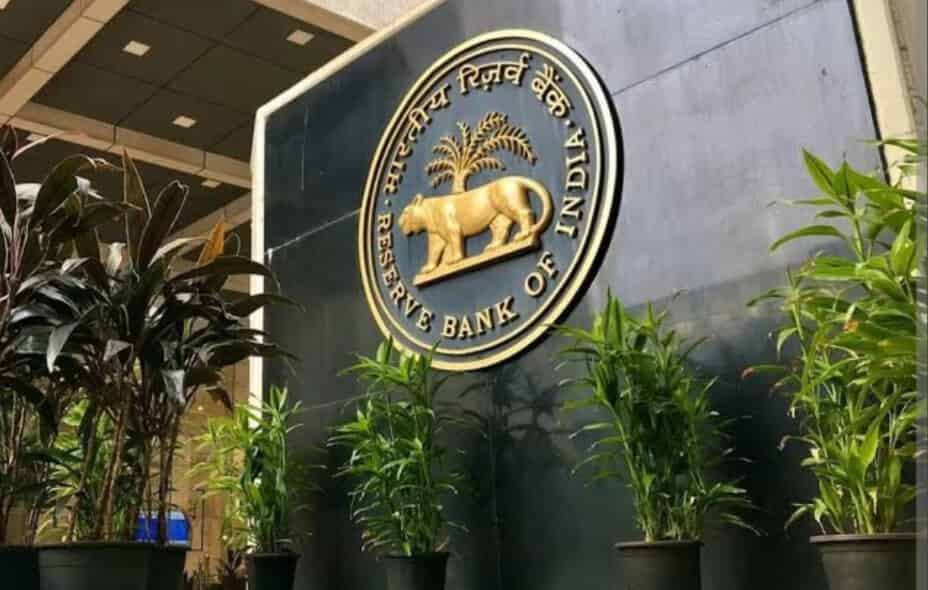
The Reserve Bank proposed on Monday that principles for managing model risks in credit for banks and other regulated entities be established. This is to ensure prudence and robustness in their operations. Regulated Entities (REs) typically use different models for credit management, including credit appraisal, borrower scoring, pricing, and risk management.
Inherently, model outputs are exposed to uncertainties based on assumptions that may not manifest in the envisaged ways and may take different forms in a real-world scenario, the RBI said in a draft circular on Regulatory Principles for Management of Model Risks in Credit'.
This exposes REs to model risk, which has implications on prudential aspects of credit risk management, compliance and reputational risk. With a view to ensuring prudence and robustness, in the use of such models, RBI proposed to lay down certain broad regulatory principles which should be adopted by REs.
"REs shall put in place a detailed Board approved policy about model risk management framework for all models deployed, covering the entire model life cycle," the draft said.
The policy should cover details of governance and oversight aspects commensurate with model materiality; processes around model development or selection; and documentation for models deployed. It should also cover independent vetting / ongoing validation or review processes; change control; and the monitoring and reporting framework including role of internal audit function.
"The objectives of the model, problem statements, and solution sought from the model should be clearly defined and shall be essential pillars of model development," said the draft. Further, the model should have the necessary scalability and flexibility to meet the needs of dynamic business conditions.
Each model should be validated before deployment as well as after any subsequent amendments owing to material events or as part of periodic reviews, which shall be at least on a yearly basis, the draft added.
The models used by REs may either be developed internally or sourced from external third-party suppliers, including under collaborative lending arrangements or can be a mix of both as per the provisions of the policy, the draft said.
Credit risk model' refers to any quantitative method that applies statistical, economic, financial, or mathematical principles and assumptions to process data into an output to be used for credit decisions.